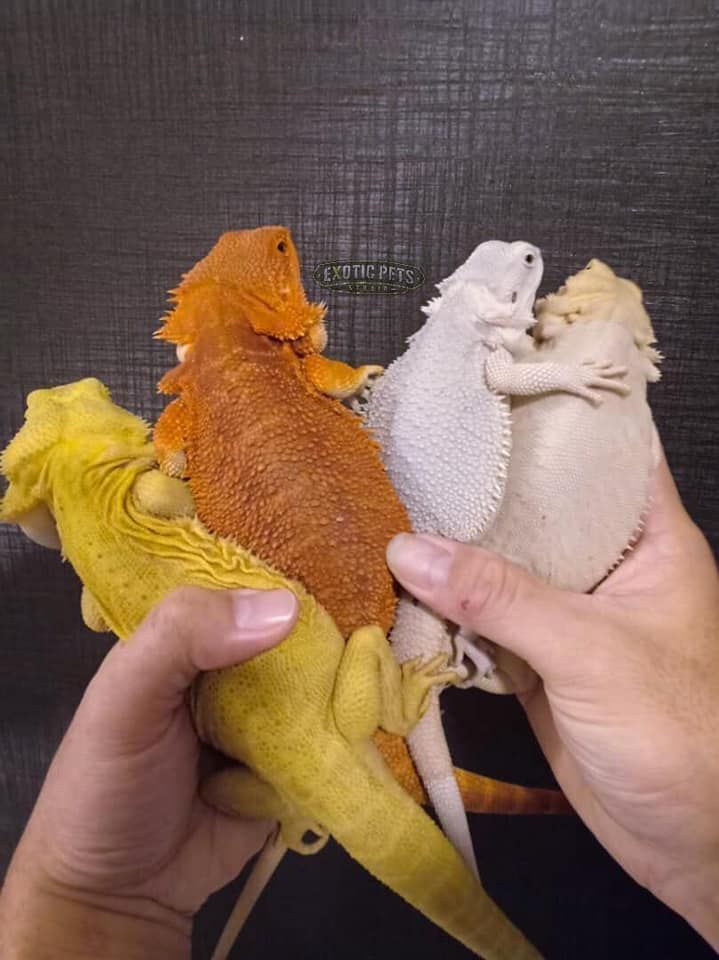Are you looking for a unique pet reptile? Then you must have heard of a bearded dragon morph. Bearded dragon morphs are a type of lizard that is specially bred to create different exotic looks and colors. They come in many varieties, including extreme colors, and multiple patterns. The possibilities of what a Bearded Dragon morph can be are virtually endless.
Bearded dragon morphs are becoming increasingly popular as pets. They’re an excellent choice for reptile lovers looking for something gorgeous and one-of-a-kind. By learning about common morphs and tracking the latest trends, you can build your own bearded dragon family and create the look you love.
What is a Bearded Dragon Morph?
A Bearded Dragon Morph is a type of reptile that has been selectively bred to look different from the natural wild bearded dragon. They are also called “Designer Bearded Dragons” as the breeders manipulate and accentuate the wanted features. They come in a many variety of colors and patterns, as well as different sizes.
Different morphs have been bred that possess some selective traits such as albinism, zero darkness, and extreme patterns. Many reptile enthusiasts choose to purchase a bearded dragon morph cause of their unique, attractive appearance.
Bearded dragon morphs can be achieved in several different ways. For example, they can be combined to create multiple different traits, bred for their color, or selectively bred to bring out a recessive trait.
Morphs tend to be more expensive than wild-caught bearded dragons and their unique looks make them a popular choice among reptile hobbyists. Bearded dragons are also quite docile reptiles. They can be good pets if loved well, and that makes them an ideal choice for those just starting to learn about reptile keeping.
15 Different Types of Bearded Dragon Morphs
As we already mentioned, how many types of bearded dragon morphs are there, is still unknown. But here we will discuss the type of Morph that are most popular and can be available for you to have as your pet.
1. Standard Morph
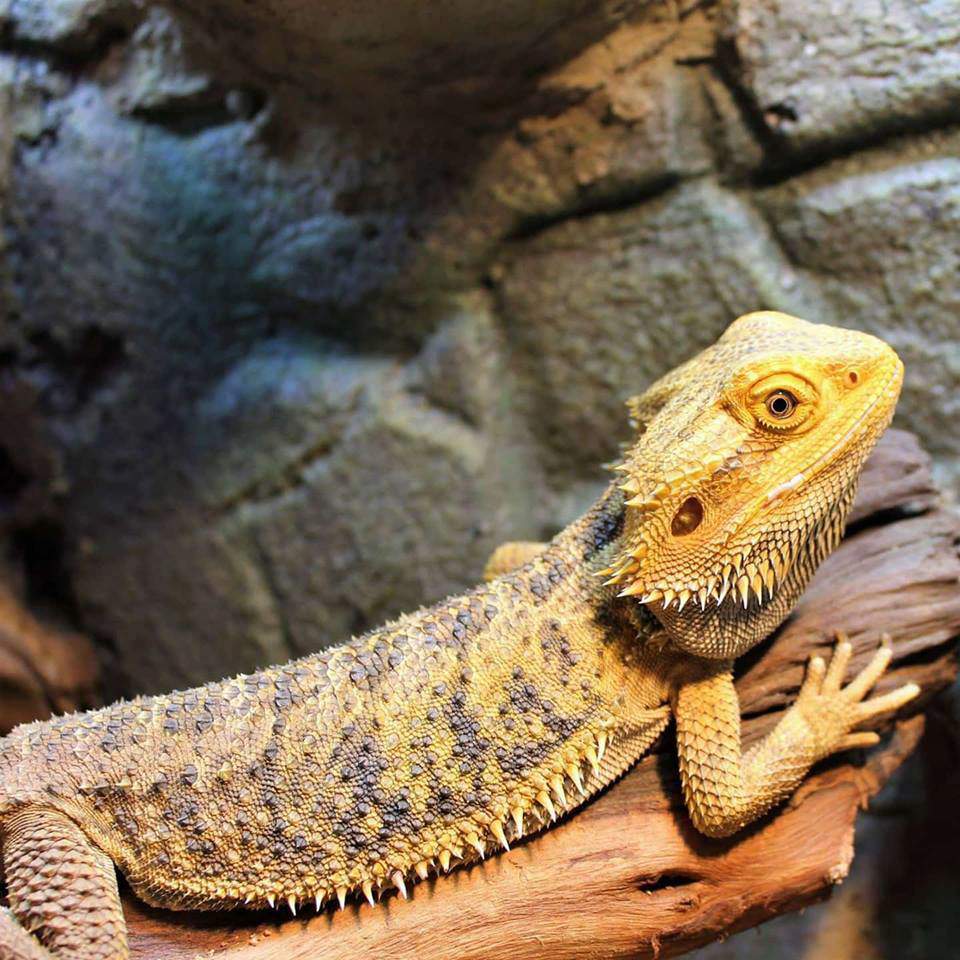
A standard Bearded Dragon Morph is a type of reptile that belongs to the genus Pogona. It mostly looks like the ones that are found in the wild.
They usually have a spiny crest running down their backs and sides. They can come in a variety of shades of yellow, tan, and dark brown. The belly is typically lighter in color.
Common shapes of Bearded Dragons are triangular, fat, chunky, slim, or wavy. Some dragons may even show patterns in their coloring, such as stripes, blotches, and high coloration on the back and sides.
Standard morph Bearded Dragons are often used in breeding programs for more unique morphs, such as leatherbacks, hypomelanosis, and zero melanics.
2. Hypomelanistic Bearded Dragons

The Hypomelanistic is also known as a hypo dragon. The name hypo stands for “reduced melanin” or, in other words, reduced black/dark coloring. This morph is often bred with other morphs to create a completely unique look.
They usually have a lighter color than the standard dragon’s usual brown/olive appearance. Its skin tone is typically yellow to creamy white color. They can also have bright yellow or orange spots or patches, fewer tripes, or sometimes brown or greyish color patches as well. The hypo dragon is called “Pastels” by some breeders.
So popular types of Hypo beardie that you can find are:
- Red Hypomelanistic
- Yellow Hypo
- Blood Hypo Orange
- Hypo Snow
- Hypo Het Translucent
- Hypo Red Crawley
- English Belgium Hypo
- Red Het Hypomelanistic
3. Micro Scale Bearded Dragons
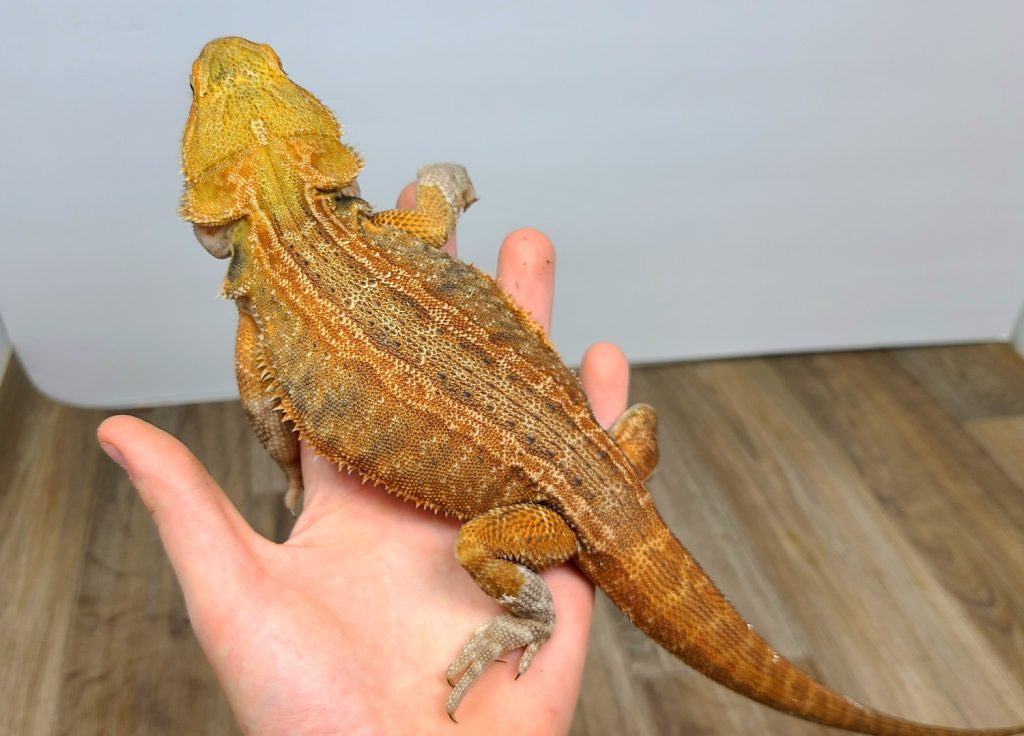
A micro-scale morph is a type of bearded dragon that has been selectively bred to achieve a smaller size than the normal bearded dragon. They are often referred to as “pocket pets “ cause of their miniature size. Two co-dominant leatherback mutations create this type.
The scales on the beard and body are slightly smaller and there are fewer scales overall than a standard beardie. Micro Scale Bearded Dragons look like their standard-sized in coloration. They have the same orange and yellow tones, and the general body shape, with an almost spiky appearance. Micro bearded dragons can also be bred to have different color patterns and facial markings.
They typically have a timid nature; once you have them as a pet, they will need more attention to overcome their shyness.
4. Leatherback Bearded Dragons
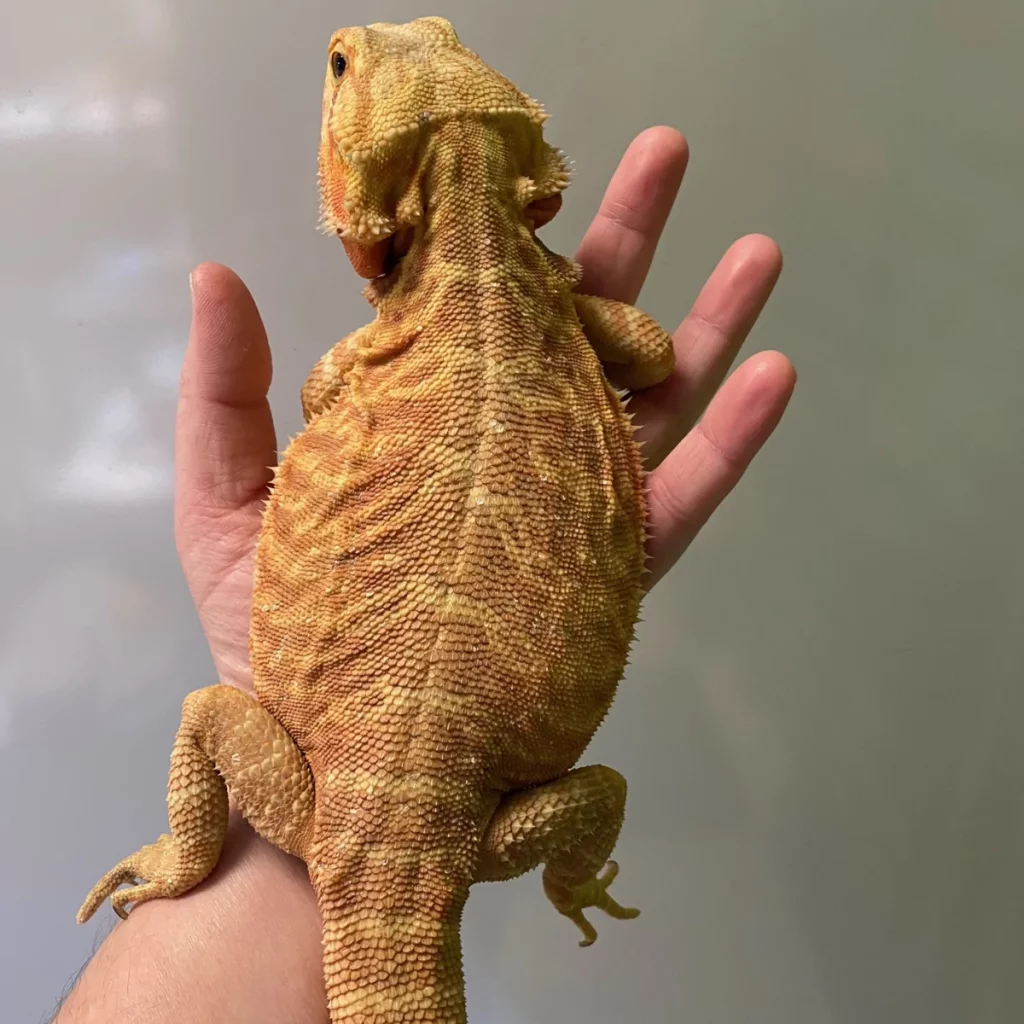
A Leatherback Bearded Dragon morph is a special style that is created through scalation mutations. This morph has fewer parietal spikes and a more domed-shaped head. The dragon also has a much softer appearance and a natural leathery-looking texture of its skin.
A leatherback Bearded Dragon’s color can range from light greens to dark browns. They may even have patterns and colors with some orange and yellow patches.
Leatherbacks are also popular in the breeding market. Because they possess genetic traits which can be passed on to offspring. They are rare and more expensive than classic and hypomelanistic morphs.
Some Rare leatherback morphs:
- Purple Paradox Leatherback
- Hypo Leatherback
- Hypo Translucent Leatherback Dunner
5. Silkback Bearded Dragons
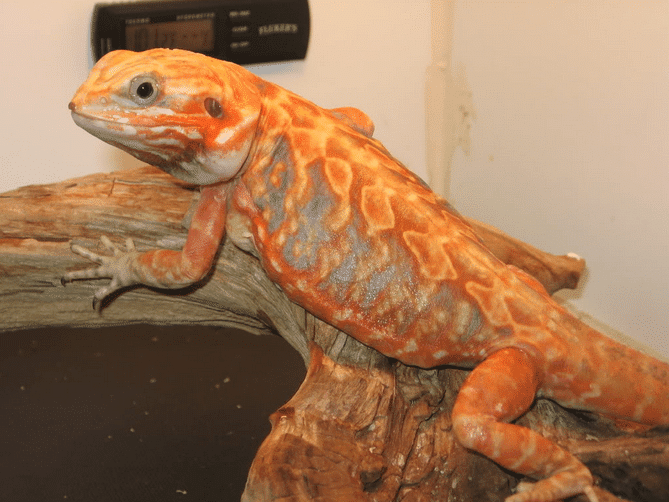
Silkback Bearded Dragons, or “Silkies”, are a new morph of the Bearded Dragon. They are bred for their beautiful appearance. Their genetic mutation results in smooth and shiny skin.
Silkies do not have the ridged scales like other morphs. Their smooth, delicate skin features stunning shades of yellow, cream, and even tan.
Silkies are rare and more expensive cause they require a specific combination of genes to create. And they can only be achieved through careful breeding of certain third and fourth-generation dragons
6. Translucent Bearded Dragons
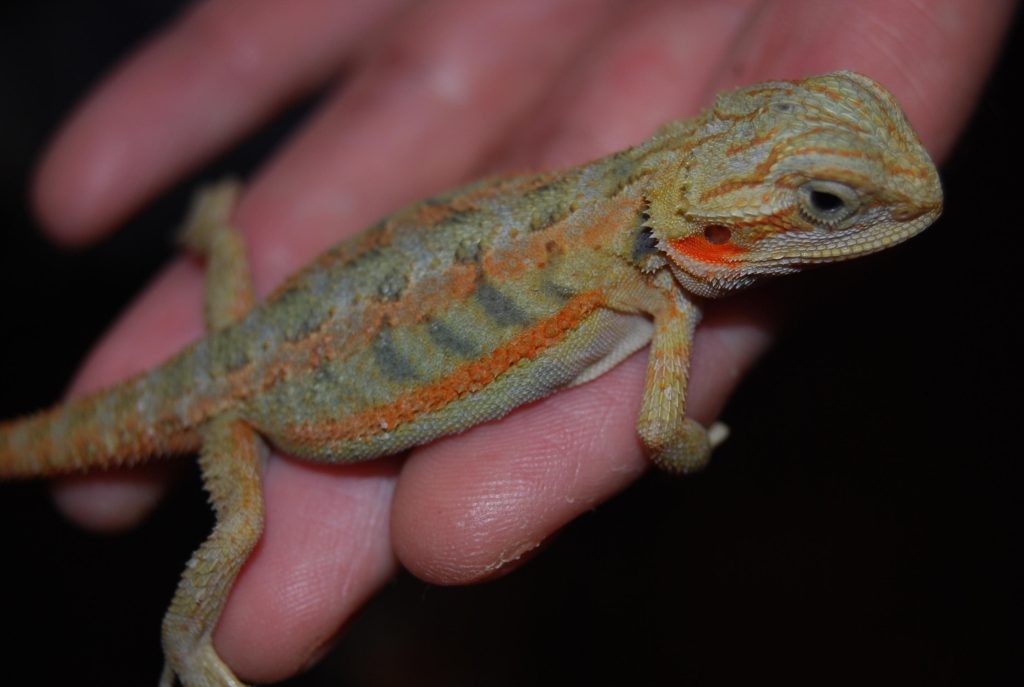
Translucent bearded dragons, or “trans” morphs. They have a unique scale color that can range from bluish to even yellowish. While they may display some blue tint in their skin when they’re still a baby, as they age, most trans morphs no longer have this coloring.
They usually have solid black eyes but some trans morph may switch between two different eye colorations throughout their lifetime.
Unfortunately, some breeders will mislabel a trans morph as “partial trans.” This misnomer comes from a trans-bearded dragon with non-solid colored eyes – it’s still a trans morph, though.
So to summarize, there are many trans-morph variations, but they’re just as healthy as any other morph. While the bluish coloring may fade as they grow up, every trans morph is still unique and beautiful!
Some beautiful translucent morphs are:
- Red and Orange Hypo Translucent
- Dark Translucent
- Rally Red Trans
- Polar Translucent
- Citrus Tiger Hypo Translucent
- Belgium Translucent
7. Dunner Morph
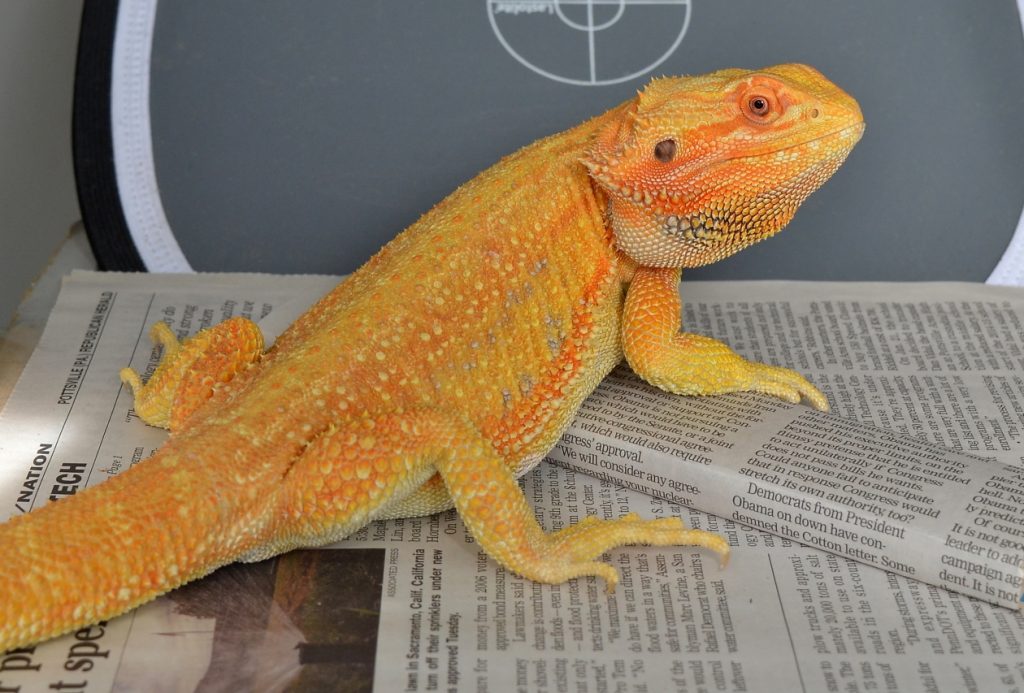
Dunner Morph Bearded Dragons were named after breeder Kevin Dunne. They almost look like the standard ones as they have similar solid colors. But what set them apart from other morphs are the spikes on the neck.
The spikes typically point downward, but on Dunners they actually point to the sides. Along with this, their scales tend to be oriented in different directions creating a more textured and zigzag look.
Some breeders have found that Dunners have a peculiar behavior of holding food in the back of their throats before swallowing it. This behavior is not usually dangerous to the lizard, but if they are not getting the proper nutrition it can be something to look at.
Some common types of dunners you will see in pet stores are:
- Hypomelanistic Dunner
- Hypo Translucent Dunner
- Yellow & Orange Hypo Citrus Dunner
8. Zero Morph
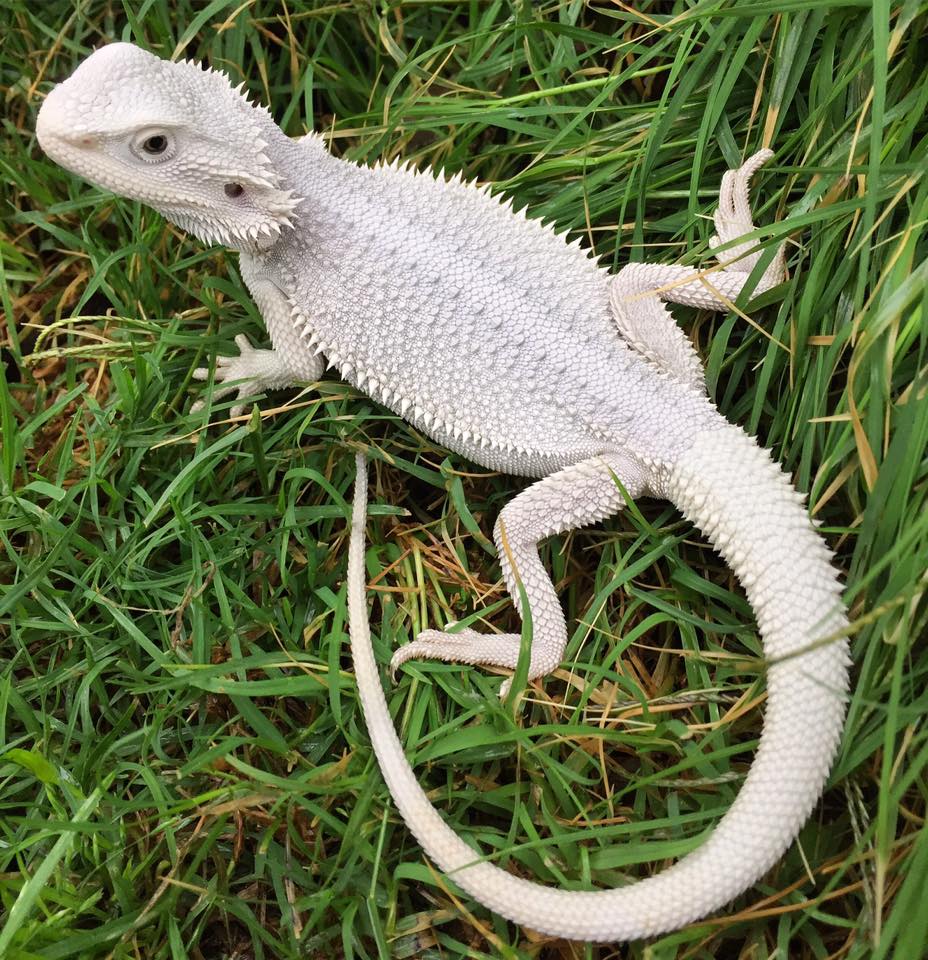
Due to recessive mutation, zero morphs have no colors or patterns, hence the name. But even without any patterns, they always stand out from other breeds cause of their rich silver coloration. The coloring on some of them can be a bit darker. The darker appearance usually looks like a grey color, but they may lighten up a bit when they get warm.
Zero Morphs are still quite rare and even if you find one, you might have to break your bank to get it.
9. Genetic Stripe Bearded Dragons
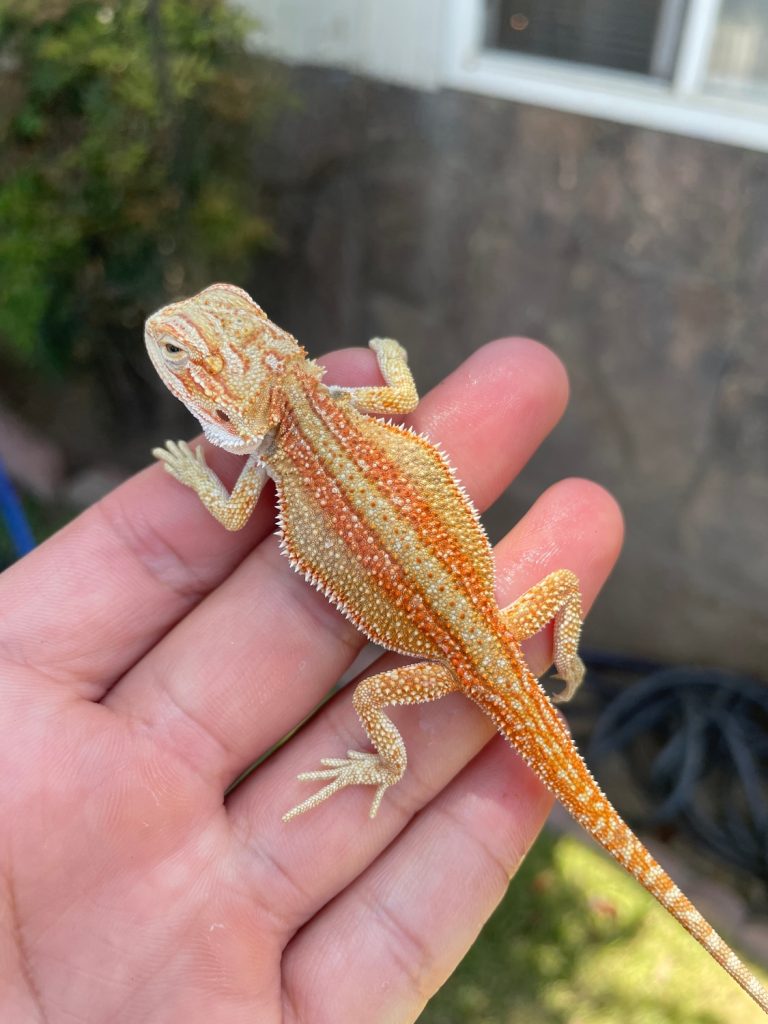
You can recognize this particular morph very easily as they have a very prominent stripe starting at the neck and running all the way to its tail. What makes this stripe unique is that it isn’t colored at all, just the striping that gives it character. They have a dominant genetic mutation that causes them to have clear stripes. While breeders might use “stripe” as a descriptive word, it’s usually caused by multiple factors and not just one single mutation.
10. Witblits Ranger
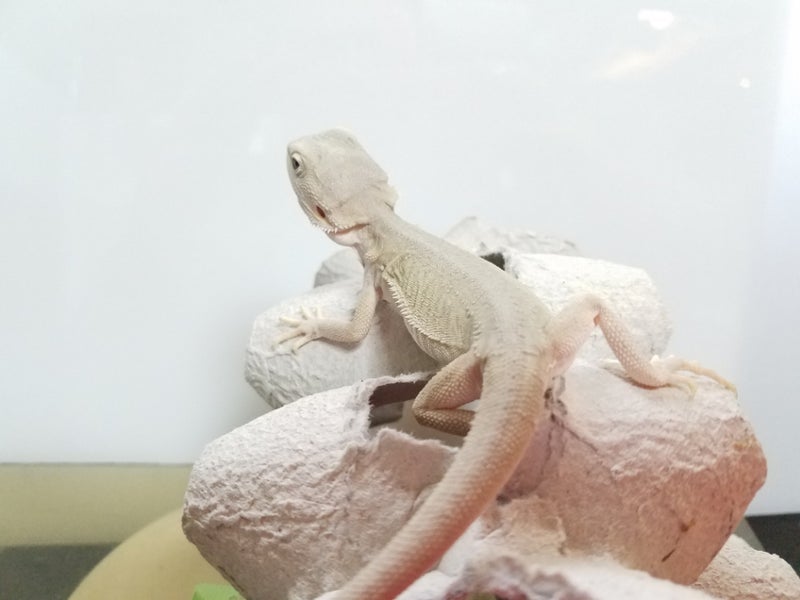
The word Witblits translates to white lightening and this name is given to this breed by its African breeder, especially cause of their almost white appearance. Although not entirely white they usually display muted earth tones like sandy brown and light orange.
11. German Giant
German Giant Bearded Dragons are the largest and most impressive of the Bearded Dragon species. They have the look of a classic bearded dragon. Once they are fully grown, you can really tell the difference between a German Giant Bearded Dragon and the standard beardie.
They can reach beyond 16 inches in length – much longer than Classic and Inland Bearded Dragons. They are very aggressive in nature.
There are two types of German giants:
- Greenie X Orange German Giant
- Hypo Red-Bearded German Giant
12. Silverback Morph
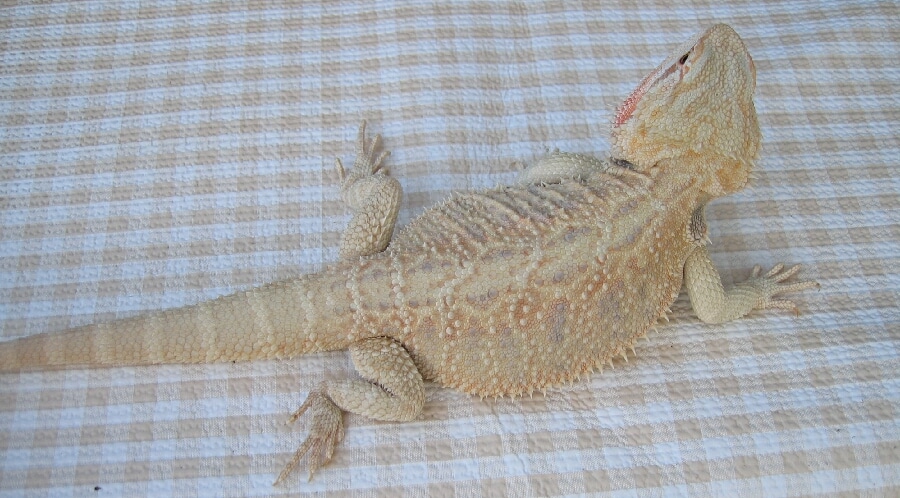
Silverbacks were the original patternless morph before the witblits and zero morphs were discovered. They are usually a shade of off-white, beige, or brownish color.
When they are born, they do have some patterns, but as they age those begin to fade. Silverback morphs are not for sale in the U.S.
13. Wero Morph
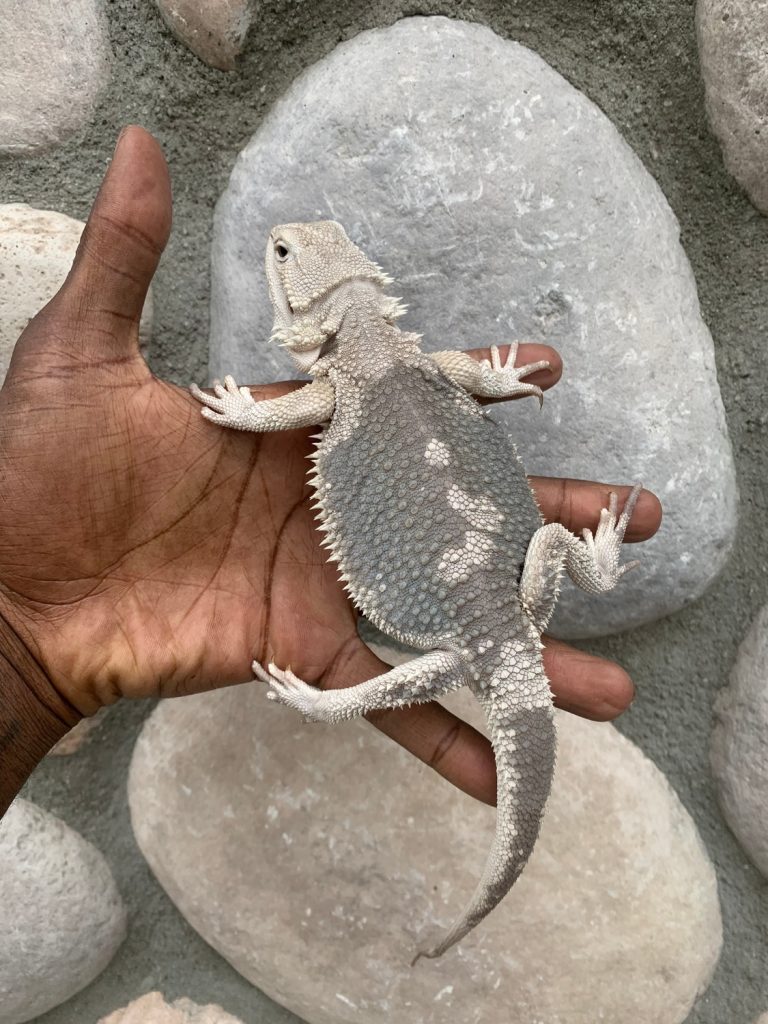
A Wero morph is a type of Bearded Dragon that is a hybrid of the Zero and Witblits morphs. They usually have black near the shoulders and some dark color near the base of the tail, making them resemble an ebony dragons.
Since this morph combines the beauty of both the Zero and Witblits morphs (the two most rare morphs), it is often seen as a worthwhile investment for reptile enthusiasts.
This dragon is also very hardy, as it inherits the natural resistance of the Witblits. They are also resistant to common reptile illnesses and have no trouble adapting to different climates.
14. Paradox Morph
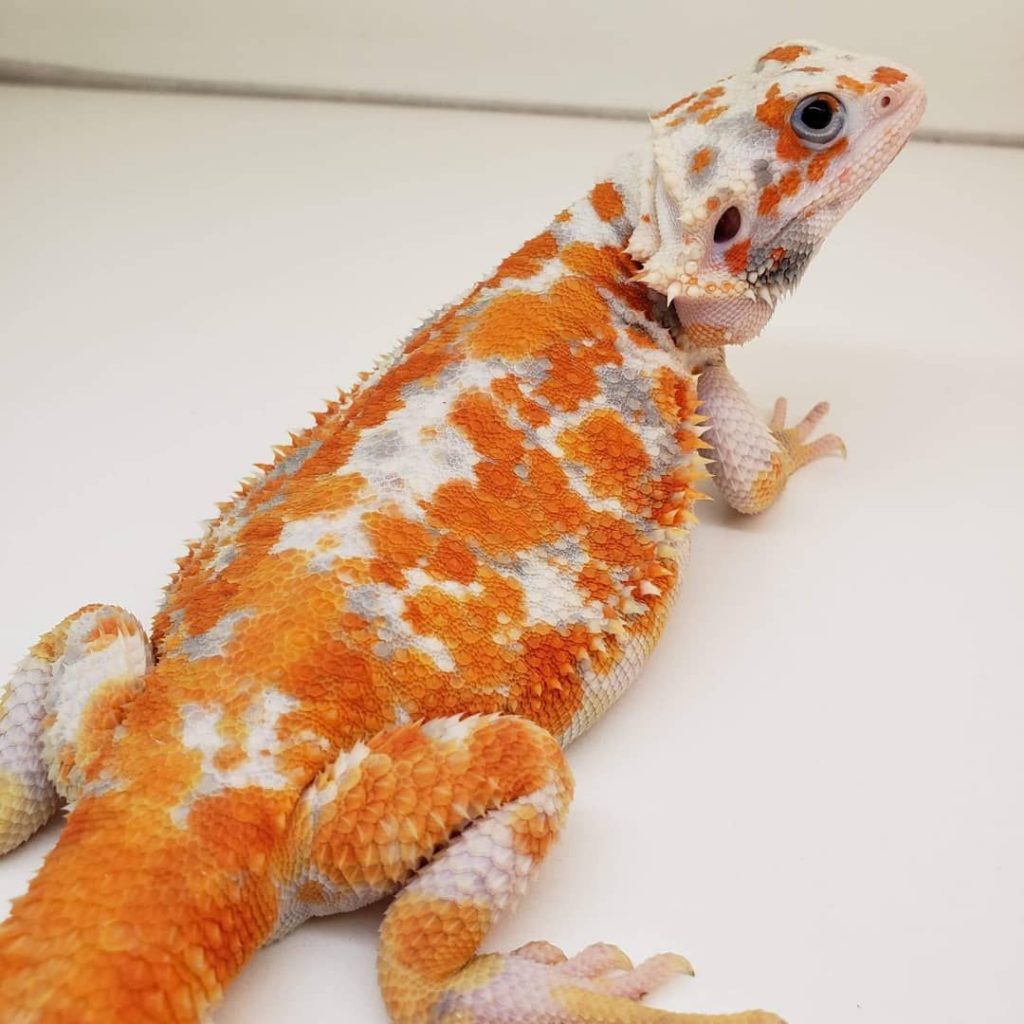
Paradox morph is an anomaly that occurs in some Bearded Dragons and is least understood among dragon breeders. The Paradox gene is caused by multiple genetic mutations thus it’s very hard to create this morph. The usual explanation you will get from the breeders is that something happened in the egg incubation process to cause this unusual coloration. These wonderful little beardies are born solid-colored, and over time they begin to form eye-catching patterns across their bodies that are unique to each one.
15. Amelanistic Morph
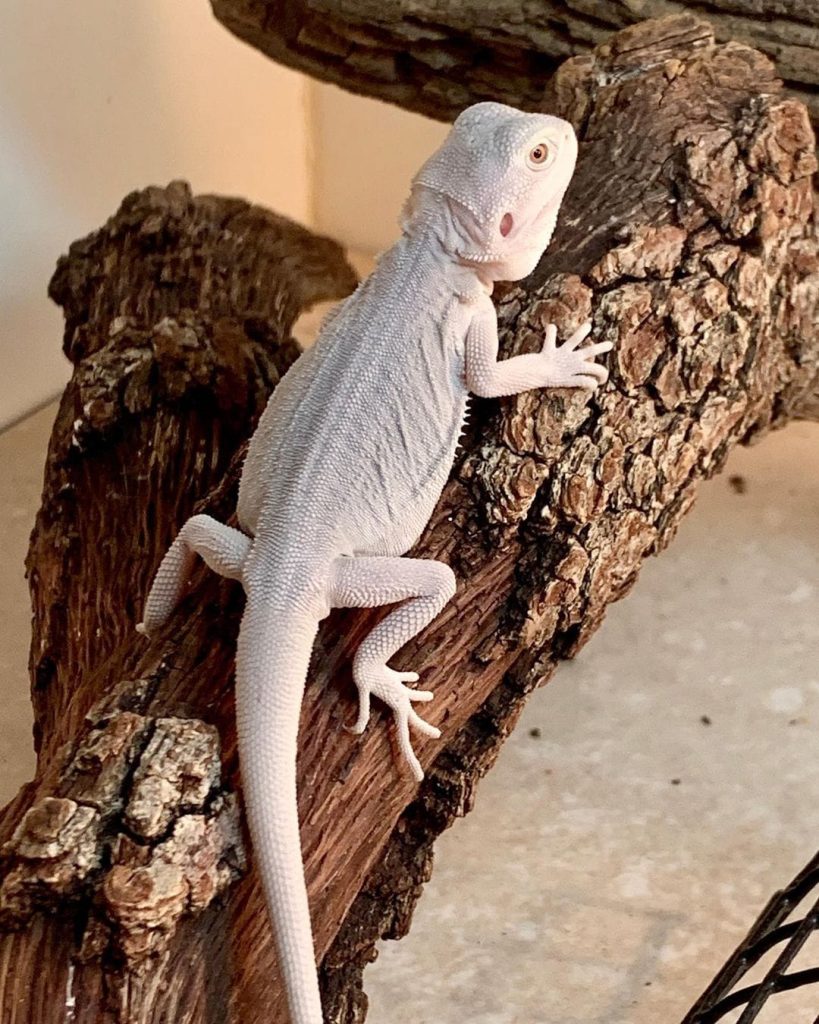
Also known as Albino bearded dragon, this particular morph has no melanin. Their scales will be white without any patterns, and their eyes will be pink or red. If the eyes are not pink or red, then the Beardie is a Hypo morph variety.
What is The Rarest Bearded Dragon Morph?
Zero and Witblits Ranger are the rarest bearded dragon morph.
These beauties are super expensive and can be harder to find than other morphs. If you are lucky enough then you might come across one at one of the reptile shows! They would make any bearded dragon collection complete.
Although with their rarity and expense, it might not be worth it to most people. However, if you can afford it, then owning a Zero Morph or a Witblits Ranger Bearded dragon will give you a lot of joy!
Things To Consider Before Purchasing A Morph
When buying a bearded dragon morph, it’s important to consider any possible health issues or considerations that might come with your pet. For instance, the brightly colored varieties of beardies are generally the most healthy because most of their colors are naturally occurring, meaning they weren’t bred as heavily.
Albinos, hypomelanosis, translucent, leatherbacks and silkbacks all require a UVI of no more than 3.0 in the basking area, and often need reduced light exposure to the entire enclosure. Scaleless dragons are at increased risk of illnesses, difficulty shedding, have a shorter lifespan, and may even be missing toes or tails. They need an additional special UV bulb and may need creams to help them shed. Make sure you understand all of your dragon’s special needs before you bring them home!
Buy From Authentic Dragon Breeder
If you’re looking to get a bearded dragon morph, the first step should be to determine what type of morph you’d like. There are different bearded dragon morphs out there, as you have seen above with different colors, patterns and sizes! After determining the morph you want to buy, the next step is finding an authentic breeder.
I have seen some bearded dragon for-sale ads falsely portraying the pictures of the morphs for sale by taking advantage of photo editing software to enhance the colors of the image. Be aware of that. If you are buying online, ask for videos of the morphs.
I would also personally stay away from large chain pet stores if I want a true morph and, instead, look into well-known breeders that sell their beaded dragons online.

